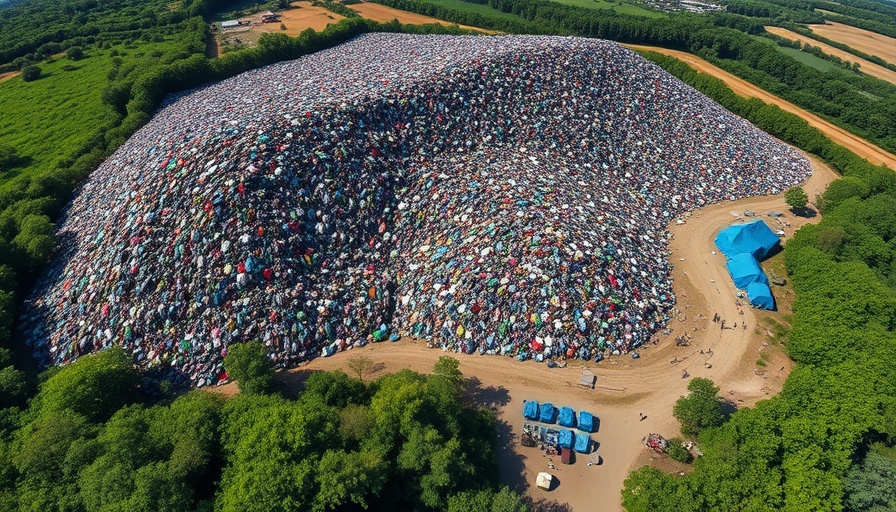
Not Just Hot Air: Understanding the Heat Dome Phenomenon
This summer, millions across the central and eastern United States are bracing for a serious heatwave as a 'heat dome' descends upon the region. Forecasters predict temperatures soaring to 100°F (37.7°C) and beyond, starting just as summer kicks off on June 21. With as many as 200 million people set to experience this sweltering phenomenon, it's crucial to understand the science behind a heat dome and its impact on health and daily life.
What Causes a Heat Dome?
Heat domes occur when a mass of high pressure traps warm air, creating a bubble of extreme heat. This air gets compressed and pushed down toward the surface, leading to uncomfortably high temperatures and oppressive humidity levels. With climate change contributing to increasingly frequent and intense high-pressure systems, the rising risks of these heat events cannot be underestimated.
Health Risks of Extreme Heat
The National Weather Service reports that extreme heat has caused more fatalities in the U.S. than hurricanes and tornadoes combined since 1995—illustrating the grave dangers posed by soaring temperatures. Jonathan Porter from AccuWeather notes, "Extreme heat is tragically the leading cause of weather-related fatalities in America." The dangers are particularly pronounced for individuals, such as the elderly or those with pre-existing health conditions, who may struggle with the body's acclimatization to severe heat.
Preparation is Key: Staying Safe in the Heat Dome
As temperatures rise, experts urge residents to limit outdoor activities and stay cool indoors. The effects of heat can remain threatening during the night as temperatures may struggle to dip below 80°F (26.7°C). Bernie Rayno emphasizes the importance of safety: "You can’t get that overnight relief, and we start the next day at a deficit." Keeping hydrated and using fans or air conditioning whenever possible are critical steps for mitigating heat-related illnesses.
Understanding the Climate Connection
With climate change accelerating, the increased frequency and severity of heat domes should prompt reevaluation on how communities develop. The aftermath of extreme weather events impacts not only individual safety but also housing markets and property investments. Families, buyers, and investors in places like Dumfries should stay informed about how climate patterns like this may affect home safety, infrastructure, and energy needs.
Looking Ahead: How Heat Impacts Real Estate Decisions
For homebuyers and investors, one question looms large: how will the effects of extreme heat influence property values and desirability in regions prone to heatwaves? As sustainability becomes an integral aspect of modern home design, it is crucial for future homeowners to seek properties equipped to handle extreme temperatures—homes with good insulation, energy-efficient cooling systems, and renewable energy sources are now more desirable than ever.
Call to Action: Prepare for the Summer Heat
This heat dome serves as a reminder of our warming climate and its implications. For families and property investors in Dumfries, a proactive approach to home preparation and sustainability can make all the difference this summer. Exploring properties designed for energy efficiency and temperature resilience not only enhances your living experience but also contributes to a responsible approach to climate awareness. Stay safe, stay cool, and let’s strive for a sustainable future together!
 Add Row
Add Row  Add
Add 





 Add Row
Add Row  Add
Add 








Write A Comment